2023.03.11 – 2023.04.17
Wang Shang: 6E2F

Antenna Space is delighted to present the solo exhibition of artist Wang Shang, 6E2F, from March 11, 2023 to April 17, 2023.
In the past 15 years, Wang Shang has been gradually constructing a fictional world named ‘6E2F’ via his art works. For Wang, his paintings form the landscape of this universe, 6E2F, in which his sculptures become stones and his jewels are the creatures inhabiting it. The unity of these three creative languages traces the traditional Chinese ideal of the unity of poetry, calligraphy and painting, and aspire to the spirit of mediation. It also refers to the creativity of the universe and the aesthetics of minerals in forming a richly layered and symbiotic world.
Against the backdrop of the vast universe, looking at the existence of individual and civilization has always been a starting point of Wang Shang’s artistic creation. Wang believes that the idea of emphasizing the meaning of man to the universe is deeply rooted in the ancient Chinese artistic tradition, just as British physicist Brain Cox claims that it is human that gives meaning to the universe. For instance, Ming Dynasty artist Shi Tao regarded Chinese painting as ‘hand enlightening the chaos,’ while Qing Dynasty artist Fang Shishu summarized Chinese landscape painting as ‘constructing wonder outside of reality.’ Inspired by these thoughts and aesthetics, Wang Shang choses to construct his fictional own world in a spirit similar to ‘the leap of faith’ suggested by Kierkegaard. “Creating a universe is my response to the silence of the universe” is Wang Shang’s summary of his art.
As the landscape in the world of 6E2F, the paintings presented in this exhibition are developed from Wang Shang’s borrowing to the Chinese landscape painting tradition. Chinese landscape painting is dedicated to the creation of a realm beyond reality rather than the representation of reality. But unlike Western abstraction developed in the 20th century, Chinese artists, under the influence of Buddhism idea of sunyata – the voidness that constitutes ultimate reality, did not abandon the real world as visual reference. Just as Shi Tao claims ‘searching all the strange peaks and sketching.’
On the one hand, emulating ancient painters’ experience of traveling and exploring the mountains and rivers, Wang Shang studies the laws and creations of heaven and earth by collecting kaleidoscope of minerals, and uses these experiences as a basis to incorporate more abstract forms into traditional landscape. On the other hand, a wide range of references from art history, film, literature, as well as personal experiences is appropriated in these paintings, which interlace them with geological history. These imagery worlds, composed of exotic forms, place the issues of abstraction and figuration, nature and humanity, emptiness and meaning, the universe and the individual, in the inheritance of the Chinese aesthetic tradition of poetic spaces.
Drawing on Chinese aesthetics influenced by the philosophy of ‘sheng sheng’ (生生)* since the Northern Song Dynasty, these paintings adhere to a dual depiction of space and time. In the spatial level, a variety of forms is interconnected in unexpected ways. At the same time, they also present the flow of time, showing the successive development of things in the universe. Just as German philosopher Nietzsche’s claims ‘everything is in a constant flux’, such relation between the universe and subjectivity is also central to these paintings.
Wang Shang leaves empty space in his painting, in the same way as traditional Chinese painting, for which emptiness does not represent nothingness but the connection between things. Meanwhile, the management of these empty spaces along with smoke and mist has become significant compositional means in Wang’s paintings. He attempts to imitate smoke and cloud with his brushstrokes and ink play, which themselves are unpredictable, sometimes seems tangible and invisible, flickering, occasionally, scorched and moist. In the midst of such composition and ink play, the paintings maintain a tension between order and chaos, life and death. This pictorial language is Wang Shang’s expression of the irreconcilable force between the meanings of man and the silence of the universe according to French philosopher Albert Camus’s absurdism.
Wang Shang resonates strongly with Camus’ statement that ‘existence is epitomized in a stone’ when confronting the question of meaning and value. His interest in existentialism is one of the reasons why his work – no matter paintings, sculptures or jewelries – are all associated with ‘stone.’ In his exploration of traditional Chinese mountain-and-stone culture, the idea, ‘Just as heaven keeps moving forward vigorously, a man of virtue should strive continuously to strengthen himself’, in I Ching has also gradually become an anchor in his producing. Wang sees his art as a simultaneous reference to and confrontation with the universe. In this manner of artistic arrays, Wang Shang tries to construct his own universe, 6E2F, in the context of diverse celestial and human relationships between East and West.
* Sheng sheng can be understood as perpetual growths and changes in generations by generations that derived from I Ching.
Installation Views
Artworks
-

Wang Shang, One-G0Y1 “His and her story that happened in 1777”, 2023
Acrylic on canvas
160 x 188 cm作品信息Information -
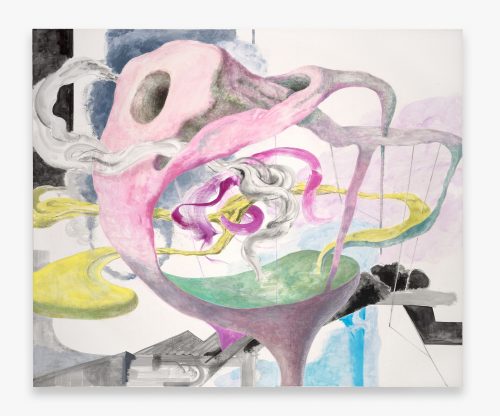
Wang Shang, One-ST1T “Order”, 2022
Acrylic on canvas
180 x 150 cm作品信息Information -
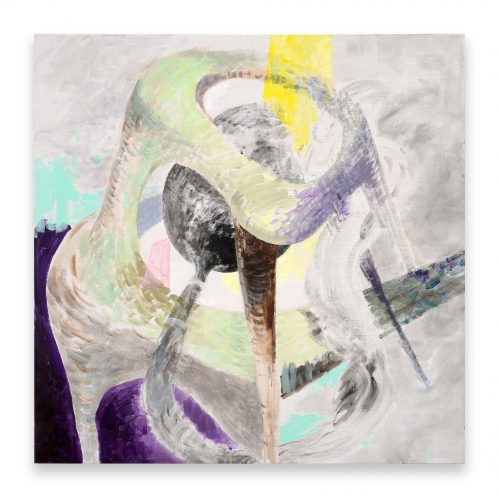
Wang Shang, One-1DZ2 “Hiding or absence”, 2023
Acrylic on canvas
80 x 80 cm作品信息Information -
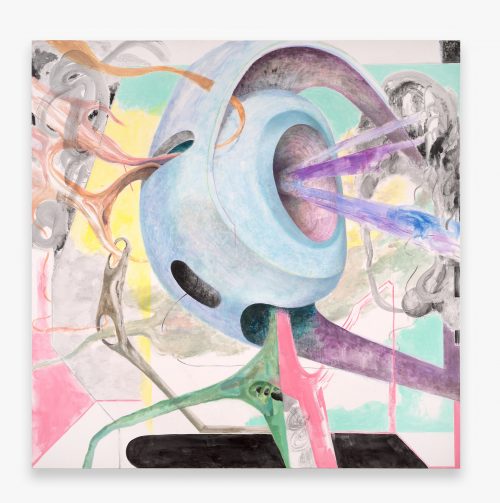
Wang Shang, One-PF33 “Lighthouse”, 2022
Acrylic on canvas
160 x 160 cm作品信息Information -
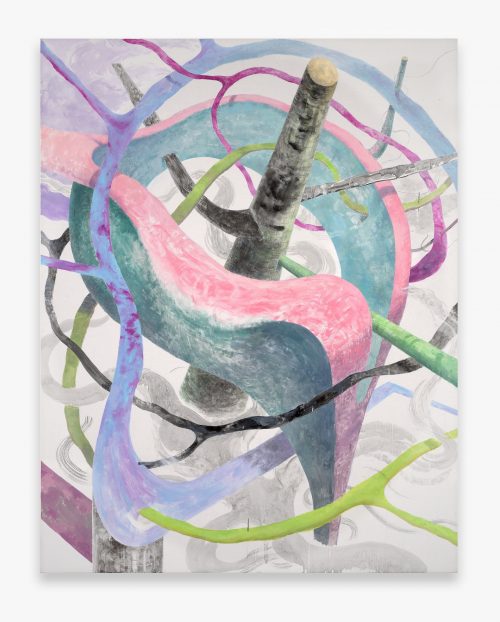
Wang Shang, One-HJ67 “It makes deception a necessary for both parties”, 2022
Acrylic on canvas
138 x 177 cm作品信息Information -
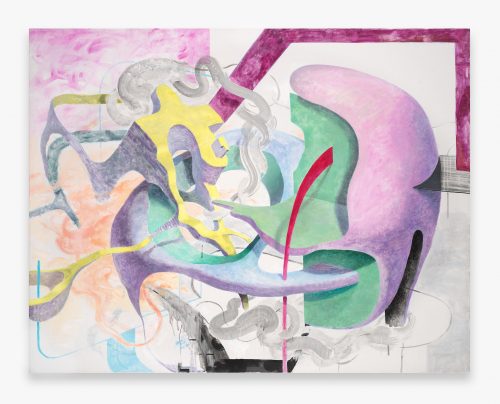
Wang Shang, One-09RR “Alice”, 2022
Acrylic on canvas
177 x 138 cm作品信息Information -
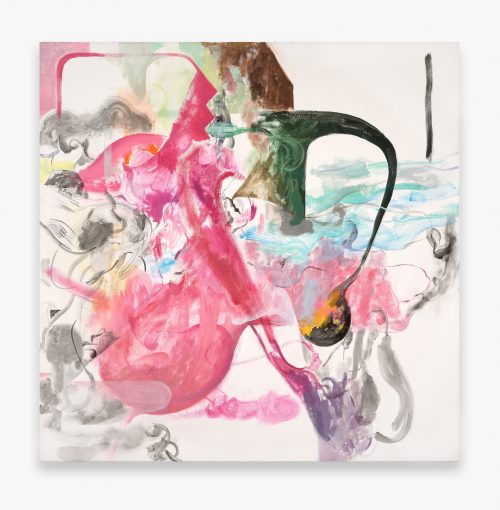
Wang Shang, One-HBZZ “1967/9/26”, 2022
Acrylic on canvas
140 x 140 cm作品信息Information -
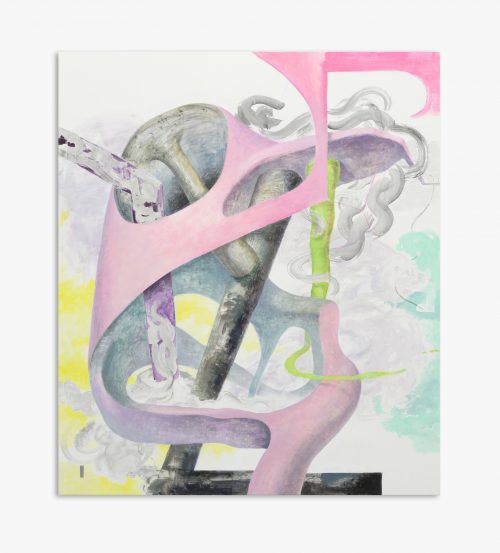
Wang Shang, One-KP39, 2022
Acrylic on canvas
138 x 160 cm作品信息Information -
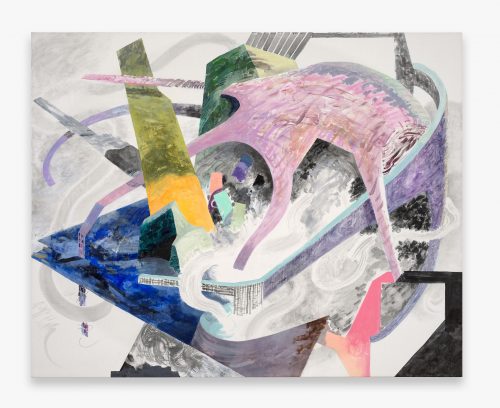
Wang Shang, One-CF56 “Driven by the longing of an empty heart”, 2023
Acrylic on canvas
125 x 100 cm作品信息Information -
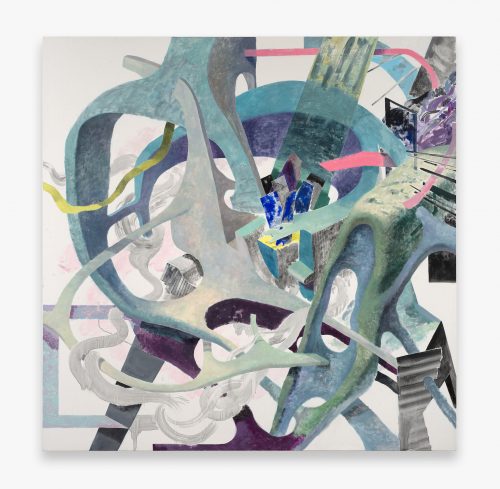
Wang Shang, One-HNB5, 2022
Acrylic on canvas
180 x 180 cm作品信息Information -

Wang Shang, Symbiosis-FPQ9 “1/6 sentimentality”, 2022
Bronze, stainless steel, paint
137 x 113 x 188 cm作品信息Information -

Wang Shang, Symbiosis -Y22A “Laocoon owns March”, 2022
Bronze, stainless steel, paint
123 x 106 x 155 cm作品信息Information -

Wang Shang, Symbiosis-I5WS, 2022
Bronze, stainless steel, paint
88 x 73 x 103 cm作品信息Information -

Wang Shang, Symbiosis-U8YL, 2022
Bronze, stainless steel, paint
77 x 65 x 64 cm作品信息Information -

Wang Shang, Symbiosis-TK33 “Return the gaze”, 2022
Bronze, stainless steel, paint
126 x 78 x 157 cm作品信息Information




















